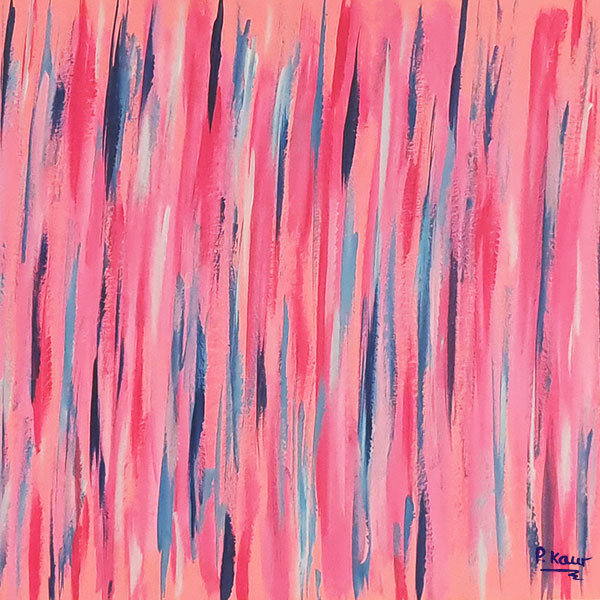Black is the absence of colour. In the physical sense, it is when an object absorbs all the light waves and doesn’t reflect anything back to the eye, appearing black. Across cultures, it is the colour of darkness, death and mystery. It can be cold and scary. Over the years it has become a colour of seriousness and professionalism. And in more modern times, it denotes sophistication and glamour.
Language
Black comes from the old English word blæc and similar words in other older languages. It is used to describe the dark and magical: dark arts, black magic, black cats.
Pigments of black
Palaeolithic – they used charcoal to create black paint for cave paintings
Ancient Egyptians – black pigment for ink was made of soot, carbon based.
Roman Empire – soot was the best source for black pigments. Origin could have been burnt bone or ivory, and coal.
14th century CE – black was achieved by triple dyeing cloth, dyeing blue, yellow and red together. Alternative to triple dyeing was to first dip the cloth in woad to create a blue base, then use a particular bark called logwood to lock in the black.
17th century CE – cheaper dye of black was drawn from oak galls, made by gall wasp larvae on oak branches. This had the habit of fading to a dull dark orange colour quickly. Other options were blackberries and walnuts which delivered a dye better than oak-gall but more dark grey. Tones of black
2000s – vantablack. The darkest black ever created, created for scientific based projects.
General use in society
Ancient times
In Palaeolithic times, black was used in cave paintings. It was made from grinding charcoal and using it as a pigment, mixing it with water, blood or urine.
In Ancient Egypt, it was the colour of Anubis, the god of death and a black-headed jackal. The country itself was called the black land due to the soil being so dark. The soil was very fertile due to the annual floods, which provided them ample ground to grow amazing crops.
For the Ancient Greeks, black represented the underworld. Hades, king of the underworld, sat on a black ebony throne. Black was one of their most important colours for artists. They would create black and red figure pottery.
In Ancient Rome, black was worn by the artisans and craftsmen.
In China around 2300 years ago, the emperor Win Shi Huange chose black for his colour as black quenches the red flames. This is a reference to the overthrow of red of the previous Zhou dynasty.
In the Roman Empire, it became the colour of mourning and frequently associated with death, magic and witches.
Middle Ages
In the middle ages, black symbolised both power and secrecy. It was be worn by the clergy and nuns, also those in government in Europe. However in Imperial Japan, wearing black signified carrying bad fortune.
1300s – The earliest reference to the Black Plague and Black Death. It is a bubonic plague which left dark patches under the skin caused by bleeding. Necrosis would occur, where parts of the body would turn black and due.
Black ink was invented in China in the middle ages and was used for writing. In the 15th century, printing was invented and a new type of ink was invented. This new ink made it possible to bring news and writings to the masses. The use of black ink on white paper has persisted to the modern day for printing text, books and newspapers. Also on computer screens, it is the default colour for text.
Modern era
16th 17th centuries – black became associated with modesty and piety. It was the favoured colour for puritans. Laws also came in Europe at this declaring black the obligatory colour for mourning. Black was adopted in 17th century for many professions, rising of the middle class like bankers, lawyers and doctors. It showed seriousness, honesty and professionalism.
1869 – The term ‘black Friday’ was first dubbed as a day of panic. This was because of the financial panic of 1869 at this time.
1920s. Coco Chanel created her famous little black dress, bringing black into the fashion world. The little black dress remains in fashion, with changing hem lines according to the times. In the 1960s, mini skirt versions emerged. In the 1990s, black was associated with grunge culture.
Wednesday from the Addams family is quoted saying: ‘I’ll stop wearing black when they make a darker colour’.
1952 – The term ‘black Friday’ came about to describe the shopping day after American thanksgiving, it is typically viewed as start of Christmas season shopping. For many years, bad days were dubbed ‘black’ because for shop assistants and police, it’s a day of chaos. 1952 in Philadelphia, was the first time the term came into use by police who had to handle the mayhem of the shopping day. By mid 1970s, term was widely used.





